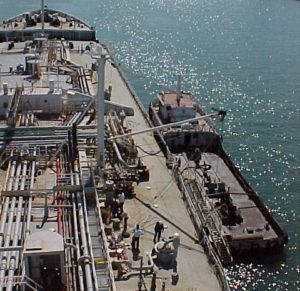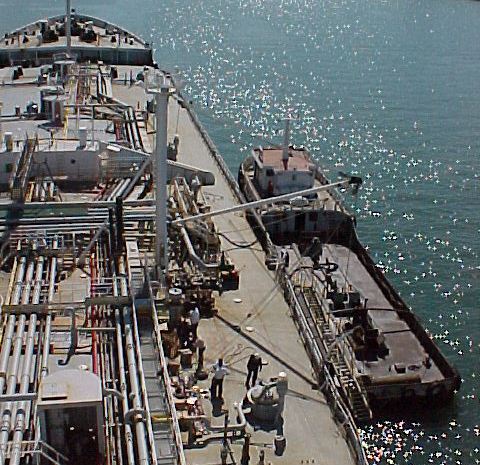 Stakeholders in the shipping industry are suggesting additional measures to ensure that the transition to the new sulfur emission norms that will come into effect from 2020 onwards is smooth and hassle free.
Stakeholders in the shipping industry are suggesting additional measures to ensure that the transition to the new sulfur emission norms that will come into effect from 2020 onwards is smooth and hassle free.
Ship owners are citing challenges related to the transition, including those on the upgrade of vessels, availability of cleaner fuels, and ordering new ships, as the deadline looms.
They said that while the date of implementation of the new sulfur cap has been finalized, the “fine print of how to enforce and implement” needs to be worked upon, said a report from S&P Global Platts.
This is significant because the new norms will entail additional costs that can cause serious commercial distortion if the implementation does not happen uniformly across the world.
The International Maritime Organization, or IMO, has stipulated a reduction in the maximum sulfur limit in marine fuels from 3.5% to 0.5% from January 2020 onwards.
In less than three years, all ships across the globe will mandatorily have to use low-sulfur fuels or gas instead of the high-sulfur fuel oil, or HSFO, that currently dominates the market.
According to shipping industry estimates, based on current demand, close to 2.5 million barrels per day, or over 75% of the current bunker fuel market, will be displaced when the lower sulfur content norms are implemented.
Ship owners will have to choose whether they want to use 0.5% sulfur fuel or invest in scrubbers, an assessment they will make based on the ship’s age, price of scrubbers, operational costs of scrubbers, and price differential between HSFO and ultra-low sulfur fuels, or ULSFs.
“A great deal more needs to be done at IMO ahead of the 2020 deadline,” the Asian Shipowners’ Association told Platts.
Intertanko, Baltic and International Maritime Council, or BIMCO, and a host of other industry bodies have now jointly submitted a proposal document to an IMO sub-committee over the issues of concern for effectively implementing the cap on sulfur emissions.
Among others, the document mentions of the impact on machinery systems, particularly the safety concerns that may arise from the use of new sources of fuels and blends, and cites the need for a verification mechanism “to ensure a level commercial landscape,” and the delivery of compliant fuels on ships.
“Ships cannot ascertain the sulfur level of fuels being delivered to [them] prior to or during bunkering operations; non-conformity is discovered only days after bunkering,” the document said.
Not all ports will be ready to supply 0.5% sulfur fuels by 2020 and there is already a provision to allow ships which could not obtain compliant fuels, but parameters for such instances need to be formally recognized by IMO, it said.
However, ship owners said that this can put them at a disadvantage, especially those who are scrupulously following the rule book, because ULSFs command a premium over HSFOs.
Questions also remain as to whether the sulfur cap will be enforced effectively, as legal frameworks and detection methods remain inadequate, and fines and sanctions are currently up to the individual member countries to enforce.
There is also a concern that the new blends that are described in the IMO’s assessment report might not be compatible with the existing engines and fuel systems.
There is also the issue of investing in scrubbers since ultra-low sulfur fuels are expensive. Scrubbers are exhaust gas cleaning systems that remove sulfur from fuel, thus enabling continuous use of high-sulfur fuel oil, and are permitted under the IMO rules, but they have related technical and environmental challenges.
Ship owners’ concern will be the upfront cost of scrubbers, which is around $3 million to $4 million, with no guarantee that it will be needed in case the spread between marine gasoil and HSFO stays very narrow.
LNG as fuel is also an option, but not a cheap one, and retrofitting a ship to use LNG may not be economically viable, said the report.
“Another interesting dimension of the entire initiative is that now new ships will be ordered which must be able to run on different types of fuels though the shipyards are not regulated by IMO,” said Platts.
Photo: Self – Own work





